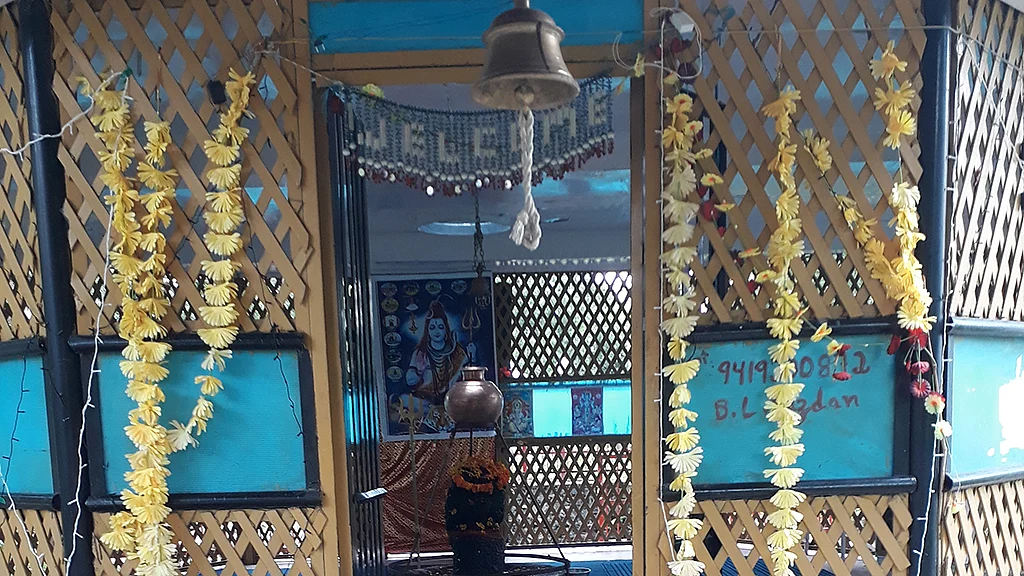Unrest in Valley affects Tirathraj Kapal Mochan pilgrimage
The shrine, located in Shopian district of Jammu and Kashmir, is an exemplar of Hindu-Muslim unity

Sitting on an old iron chair, corroded by years-old rust, BS Lahori waits eagerly for pilgrims at the entrance of the Tirathraj Kapal Mochan shrine. But, like last summer, only a few pilgrims show up so far.
Situated on the banks of the glistening Ranbiara rivulet in South Kashmir’s Nagbal village of Shopian, every year, hundreds of devotees make a three-day pilgrimage in the month of August to the shrine. Pilgrims, particularly Kashmiri Pandits from across the country, visit the place for Upnayan (thread ceremony) and Shradh for those who die.
“Like 2016, this year too, only a few pilgrims turned up. It is all because of the tense situation in the Valley, particularly in southern parts,” said Lahori, district president of Shopian shrines and temples. Lahori further said that he felt safe in the area and had never asked for security from government.
“Our Muslim brothers have always been way supportive and you become vulnerable only when you seek police protection without having a threat perception,” he added.
The premises of shrine are dotted with small fresh water springs which have a special importance for Kashmiri Pandit community. They believe that the holy water gushing out of these springs can absolve sins. A few local Muslims also claim that the water has strong curative power.
Legends have it that the Kapal (skull) of Lord Brahma got attached to Lord Shiva’s finger after the latter beheaded him for a wrong confession. Lord Shiva failed to jettison the Kapal attached to his finger despite visiting a plethora of sacred places. But finally when he reached here and took a dip in one of the springs, the Kapal got detached from his finger and he was exonerated from Brahm-Hatya (Murder of Brahma). Following the episode, a Shiva Lingam also sprouted at the place. Since then, the place is used for the purpose of absolution.
“For Kashmiri Pandits, it is the only place in the Valley where the Shradh for those who die in accidents are performed,” said Lahori.
After the mass exodus of Kashmiri Pandits in 1990s due to insurgency, the shrine remained closed for 18 years. It was in 2008 when some Pandits, with the help of local Muslims, again threw its doors open for devotees.
‘’We were around 60 people when we came here in 2008 after a gap of almost two decades. The local Muslims had made arrangements for our stay and provided us every possible help,” recalls Bansi Lal Razdan, one of the caretakers of the shrine.
According to Razdan, the pilgrimage started the same year and pilgrims from different parts of the country began trickling into the shrine.
Although the management of the shrine was expecting a good inflow of pilgrims this year, dozens of busloads of pilgrims were forced to return from Ramban by authorities, following the killing of Lashkar Commander Abu Dujana which sparked off street protests in the Valley. Two civilians have already lost their lives in these protests so far.
Interestingly, even last year there was almost no pilgrimage here as the Valley witnessed a long spell of despicable violence after Hizbul Mujahideen commander Burhan Wani was killed by security forces.
Follow us on: Facebook, Twitter, Google News, Instagram
Join our official telegram channel (@nationalherald) and stay updated with the latest headlines
